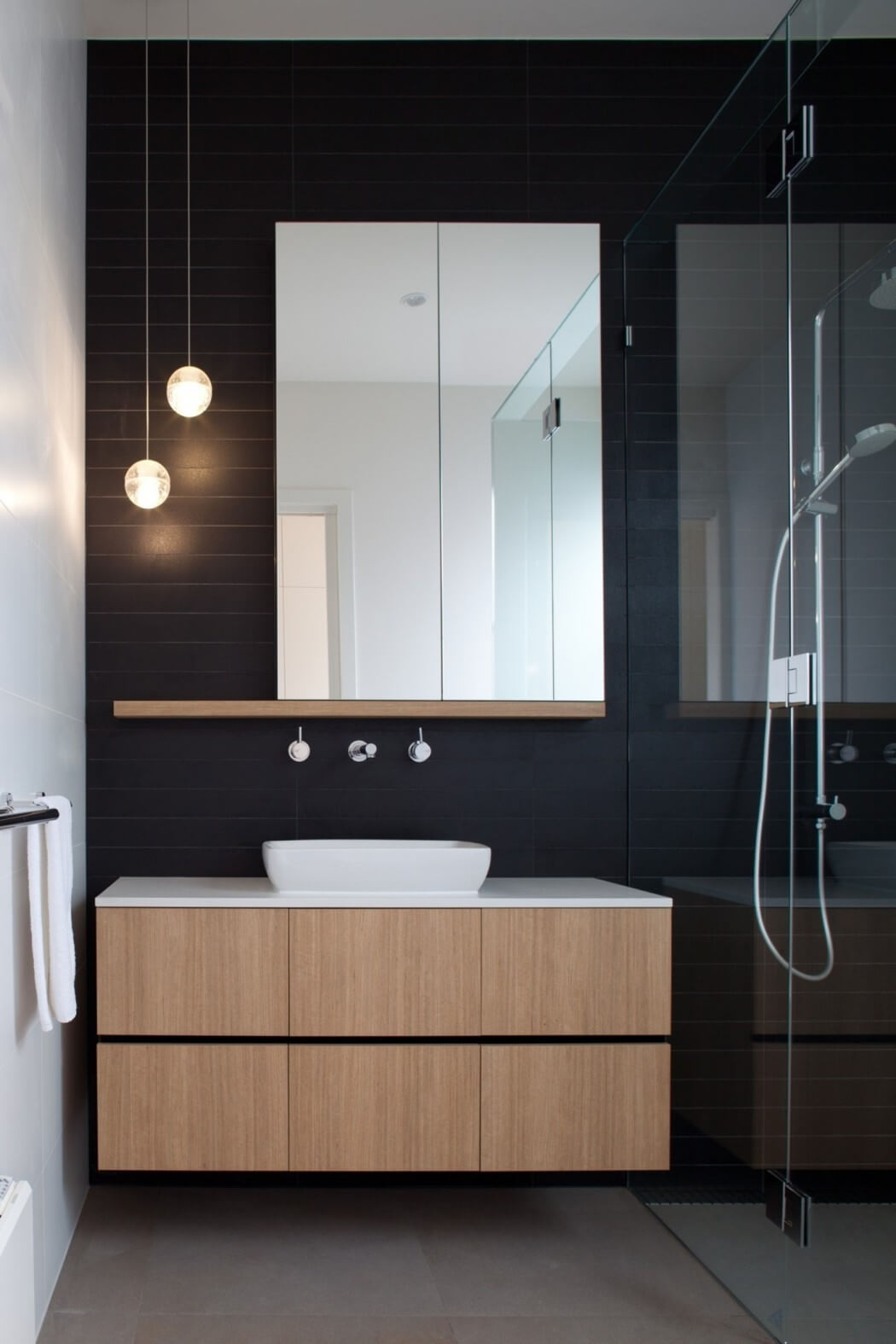Integrating Lasting Practices In Cabinet Making
Integrating Lasting Practices In Cabinet Making
Blog Article
Composed By-Otto Larson
When it pertains to cabinet production, taking into consideration lasting practices is not simply a fad but an essential facet that can shape the future of your craft. By discovering the realm of eco-friendly materials and waste reduction strategies, you open doors to a world where development meets responsibility. The effect of these options surpasses your workshop; it resonates with clients who seek not just top quality however also a commitment to preserving our setting. So, exactly how can you blend workmanship with sustainability to produce an enduring legacy in the market?
Importance of Sustainable Practices
In sustainable closet production, focusing on green products and production approaches not only benefits the environment but likewise guarantees lasting practicality for your service. By selecting sustainable practices, you showcase your commitment to reducing ecological influence and meeting the growing demand for eco-conscious products. Clients are significantly attracted to organizations that prioritize sustainability, giving you a competitive edge in the marketplace.
Carrying out sustainable techniques can likewise result in set you back savings in the future. While there might be preliminary investments involved in transitioning to eco-friendly products and manufacturing techniques, the effectiveness gains and positive track record you build can result in financial advantages with time. Furthermore, sustainable methods aid in decreasing waste generation and energy intake, which can additionally contribute to reducing functional costs.
Eco-Friendly Materials Option
Choosing eco-friendly products is crucial in lasting cabinet making to minimize ecological effect and meet the increasing need for eco mindful products. When picking materials for your cabinets, choose lasting alternatives like bamboo, reclaimed wood, or recycled products.
Bamboo is a fast-growing and renewable resource that's tough and resilient, making it an exceptional option for cupboard construction. Recovered timber offers a special, rustic aim to cupboards while reducing the need for cutting down new trees. Using recycled products, such as composite timber made from recycled timber fibers and material, helps draw away waste from land fills and lowers the overall environmental impact of your task.
Additionally, take into consideration utilizing low-VOC (unstable organic substances) finishes and adhesives to even more improve the eco-friendliness of your cupboards. These items release less hazardous chemicals right into the air, advertising better indoor air high quality and reducing health and wellness threats for both you and your customers.
Waste Decrease Techniques
To lessen waste in closet making, consider applying reliable reusing methods throughout your manufacturing process. Beginning by segregating different kinds of waste such as timber scraps, cardboard packaging, and steel elements. Set up assigned reusing bins for every material to make sure easy separation. Encourage browse around this site to embrace a culture of waste decrease by informing them on the value of recycling and the effect it carries the atmosphere.
One more reliable waste reduction method is to enhance material usage. Strategy your cuts thoroughly to take full advantage of the yield from each sheet of wood, decreasing the quantity of offcuts produced. Think about using computer-aided design (CAD) software program to develop precise reducing formats that lessen waste.
In addition, discover possibilities to repurpose or contribute leftover products as opposed to discarding them. Companion with local woodworking institutions or community centers that might take advantage of obtaining your excess products. By executing these waste decrease techniques, you can decrease your ecological impact and add to a more lasting cupboard making market.
Final thought
Including lasting practices in closet production is crucial for minimizing environmental influence and guaranteeing lasting success.
By choosing green materials and applying waste reduction strategies, cabinet makers can display their commitment to sustainability while likewise profiting their profits.
Welcoming these techniques not only helps protect the earth yet also offers companies an one-upmanship in the market.
Make the smart selection for the atmosphere and your business by prioritizing sustainability in cupboard production.
